Mount Tambora (Volcano Week 3)
Monday, 13th October 2008 by John Andresen
It’s Volcano Week 3 here at GSS, which explains why all of our posts over the course of the week are very likely to be volcano related.
Mount Tambora is an active volcano on the island of Sumbawa in Indonesia, which is noted for the largest and deadliest volcanic eruption in recorded history.
The eruption occurred in 1815, and could allegedly be heard from over 2000 km away. Lasting 5 days, the volcanic activity removed 1500 m of the volcano's height, sent 2.5 million tons of ash into the air, and left a 7 km wide caldera behind.
The massive amount of extra dust in the atmosphere actually caused the temperature to fall worldwide, and 1816 became known as the Year Without a Summer, when crops and livestock died in much of the northern hemisphere - resulting in the worst famine of the 19th century.
Some 10,000 people are thought to have died directly as a result of the eruption, but factoring in the related famine and disease brings the total to at least 71,000 deaths.
You can read more about Mount Tambora and the Volcanic Explosivity Index on Wikipedia.
Thanks to Tim, Paul Drye, and Pedro Cristian.
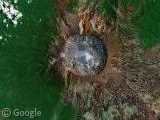
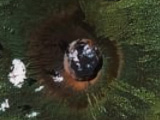
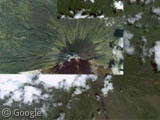
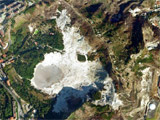
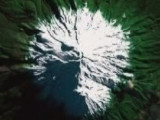
Sharing statistics
Share this site